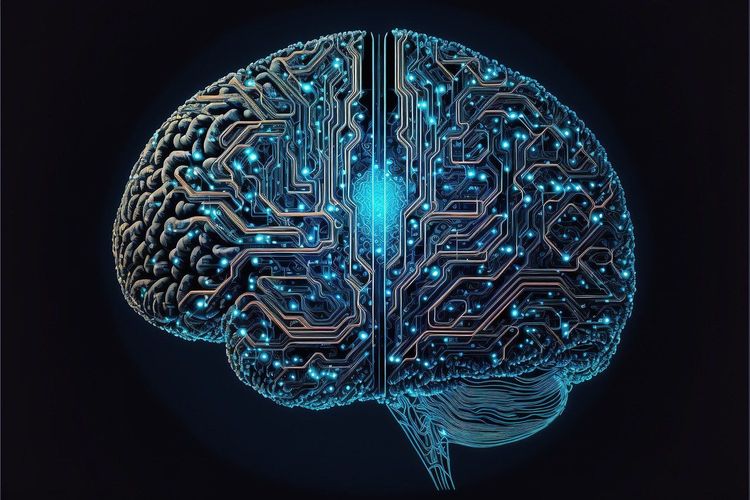President Biden has unveiled a comprehensive executive order that marks the most extensive regulation of artificial intelligence (AI) in the nation’s history. This landmark initiative not only establishes rigorous pre-vetting requirements for AI models but also seeks to eliminate immigration barriers for highly skilled technical workers, among other significant reforms.
This pivotal announcement arrives just two days before global leaders and prominent technology executives are scheduled to gather at the U.K.’s AI Safety Summit, organized by Prime Minister Rishi Sunak. The executive order mandates that developers of “the most powerful AI systems,” which could potentially threaten national security, economic stability, or public health and safety, must notify the government when training their AI models. Furthermore, they are required to submit findings from all “red-team” testing—essentially, simulated hacking exercises designed to expose vulnerabilities—prior to their public release.
Red-teaming efforts will be spearheaded by the National Institute of Standards and Technology (NIST), which has already established a framework aimed at managing AI-related risks. This NIST framework will be implemented by the Department of Homeland Security across vital infrastructure sectors. Collaborations with the Energy Department will also focus on addressing threats posed by AI in critical infrastructure, as well as risks associated with chemical, biological, radiological, nuclear issues, and cybersecurity.
The executive order additionally calls for the creation of stringent new standards related to biological synthesis screening, aimed at making it increasingly difficult to utilize AI for the development of biological weapons. Organizations in the life sciences sector that wish to receive federal funding will be required to comply with these regulations.
To combat misinformation and ensure the authenticity of communications, the Commerce Department will issue guidance on content verification through watermarking technologies, making it easier to identify AI-generated content. Federal agencies will employ these authentication tools to ensure that citizens can trust official government messages.
Moreover, the National Security Council, in coordination with the White House Chief of Staff, will prepare a memorandum on the ethical and safe deployment of AI by U.S. military and intelligence agencies, while simultaneously addressing the military applications of AI by adversaries.
This executive order builds upon the voluntary commitments from 15 leading companies, including OpenAI, Google, Adobe, and Nvidia, that are dedicated to creating technology to detect AI-generated images and sharing safety-related data with governmental agencies and academic institutions.
In a concerted effort to enhance America’s AI workforce, the Biden administration is committed to streamlining the visa application process for highly skilled foreign professionals, making it easier for them to study, work, and remain in the U.S. The Department of Homeland Security is already proposing changes to the widely utilized H-1B visa program, while the State Department is expected to introduce a new initiative aimed at attracting top AI talent to the country.
As the federal government advances its AI regulatory framework, numerous cities and states have taken the lead in establishing their own local regulations. Current national endeavors include closed-door forums organized by Senate Majority Leader Chuck Schumer (D-NY) and congressional committee hearings focused on AI governance. Meanwhile, the European Union is progressing more rapidly with its AI Act, which is anticipated to be finalized by the end of this year.





